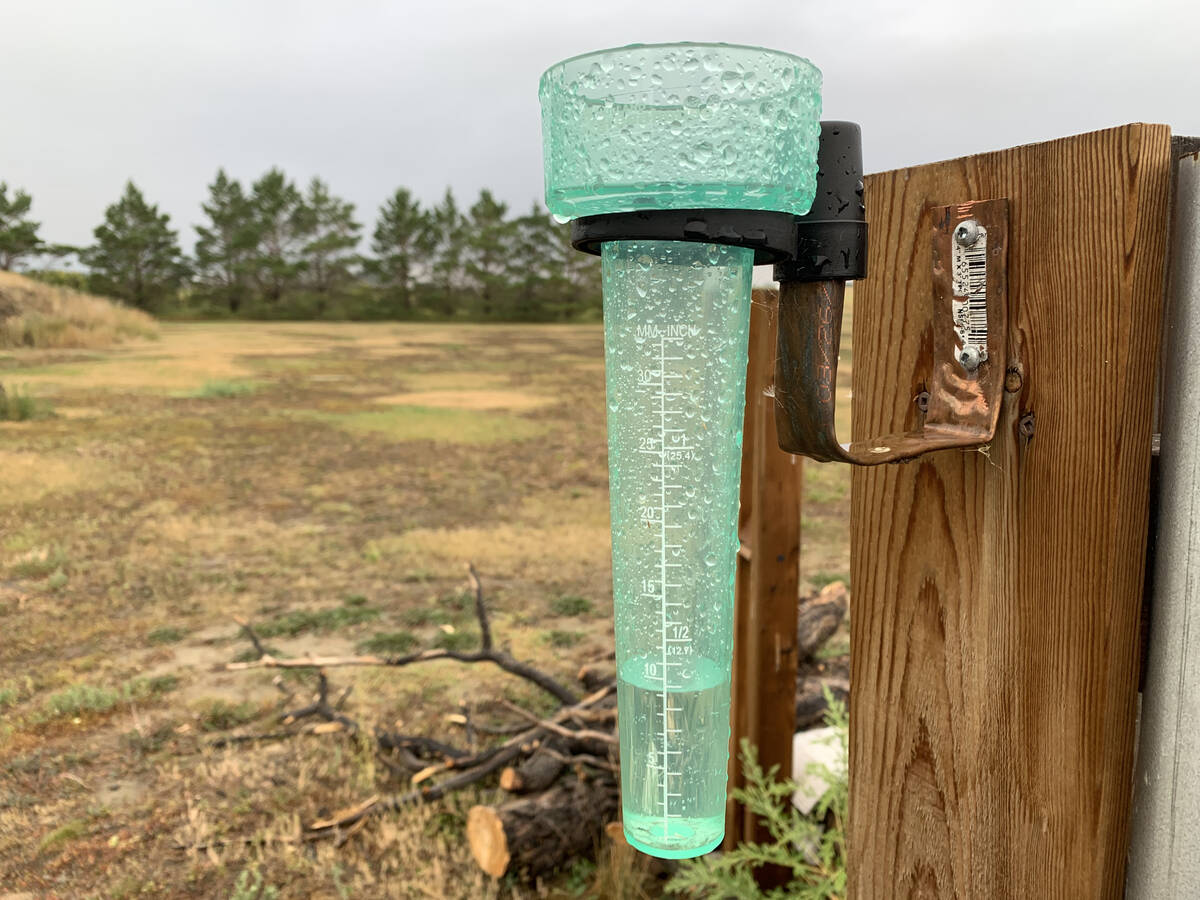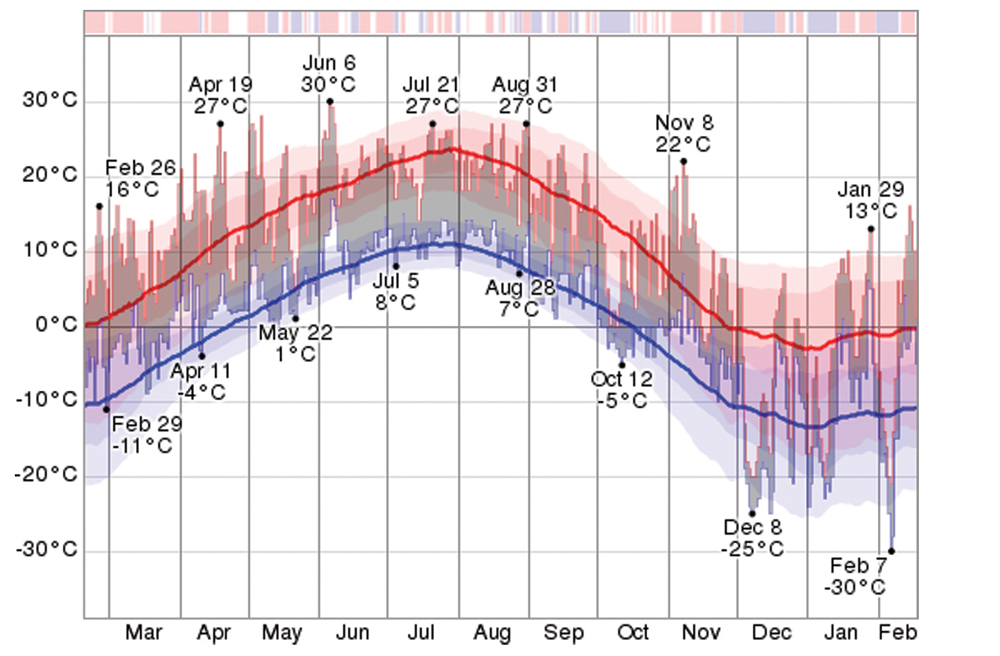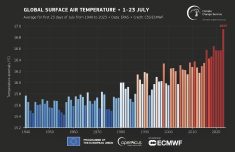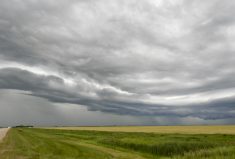Several years ago, Weather Underground’s co-founder Jeff Masters wrote a blog about the manufactured doubt industry, how and when it was created, and how it now plays into the current global warming or climate change controversy.
At the time I emailed Masters asking permission to use some of the information from his blog in an article or two. I never did write the article back then, probably because I was too comfortable sitting on the public fence. In this article I will try to summarize the information, but if you are interested in reading the whole article, it can be found at the Wunderground website.
Read Also

Western B.C., parts of Prairies received drought relief in October
Drought monitor for Western Canada for October
The idea of manufactured doubt began back in the mid-1950s when the tobacco industry started to realize it had a problem. More and more studies were coming out showing a link between smoking and lung cancer. The tobacco industry turned to a large public relations firm to come up with a campaign to convince the public that smoking was not dangerous. At the core of the campaign was the idea of developing research organizations controlled by the tobacco industry and designed and funded to produce science that emphasizes doubt about any negative research being published on the effects of tobacco.
In the book Doubt is Their Product: How Industry’s Assault on Science Threatens Your Health, author David Michaels wrote, “The industry understood that the public is in no position to distinguish good science from bad. Create doubt, uncertainty, and confusion. Throw mud at the anti-smoking research under the assumption that some of it is bound to stick. And buy time, lots of it, in the bargain.”
Fast-forward 60 years and we still have most of the different doubt-manufacturing research organizations that sprung up back then. We also have new groups that label themselves as ‘think tanks.’ These groups have had decades to finely hone how these campaigns work and thanks in part to the Internet, it is now easier than ever to apply the tricks of these campaigns.
Here is how it works:
- Launch a public relations campaign disputing the evidence.
- Predict dire economic consequences and ignore the cost benefits of tackling the problem.
- Use non-peer-reviewed scientific publications or industry-funded scientists who don’t publish original peer-reviewed scientific work to support your point of view.
- Trumpet discredited scientific studies and myths supporting your point of view as scientific fact.
- Point to the substantial scientific uncertainty, and the certainty of economic loss if immediate action is taken.
- Use data from a local area to support your views, and ignore the global evidence.
- Disparage scientists, saying they are playing up uncertain predictions of doom in order to get research funding.
- Disparage environmentalists, claiming they are hyping environmental problems in order to further their ideological goals.
- Complain it is unfair to require regulatory action in your country, as it would put your nation at an economic disadvantage compared to the rest of the world.
- Claim that more research is needed before action should be taken.
- Argue that it is less expensive to live with the effects.
Sounds familiar doesn’t it?
What I find especially scary is the way the Internet is being used to help the manufactured doubt industry along, sometimes intentionally and sometimes not. As a teacher, I constantly have to show students how to look at information on the Internet and determine whether the source is trustworthy.
Take the killer clown stories that were circulating last fall. I would continually have students tell me that killer clowns are real and that they have killed, 10, 20, 30 or more people. I would ask them how they know this and they would show me a website that reported it. I would then take the students through the process of looking at more than one website and finally pulling the truth of what is going on.
That is the problem
It often takes a lot of effort to find the truth. Almost anyone can make a website that looks professional and legitimate and then fill it full of anything they want with absolutely no regard for the truth. At first I figured only younger people like students would get caught in this web, but unless you have a lot of time on your hands to do extra research, all of us at different times can get caught.
The reality is that more than 40 scientific societies and academies of science, including all of the national academies of science in the major industrialized counties, have said humans are responsible for a majority of planetary warming experienced since the middle of the 20th century. There has been no debate in the peer-reviewed scientific literature for a very long time. If you have questions, www.skepticalscience.com is a great reference.
To sum it all up, all I want to say is: Think before you react, take the time to really look into a topic before making up your mind, and remember that your decisions are not just affecting your life, but the lives of countless others and generations that are hopefully still to come.
















